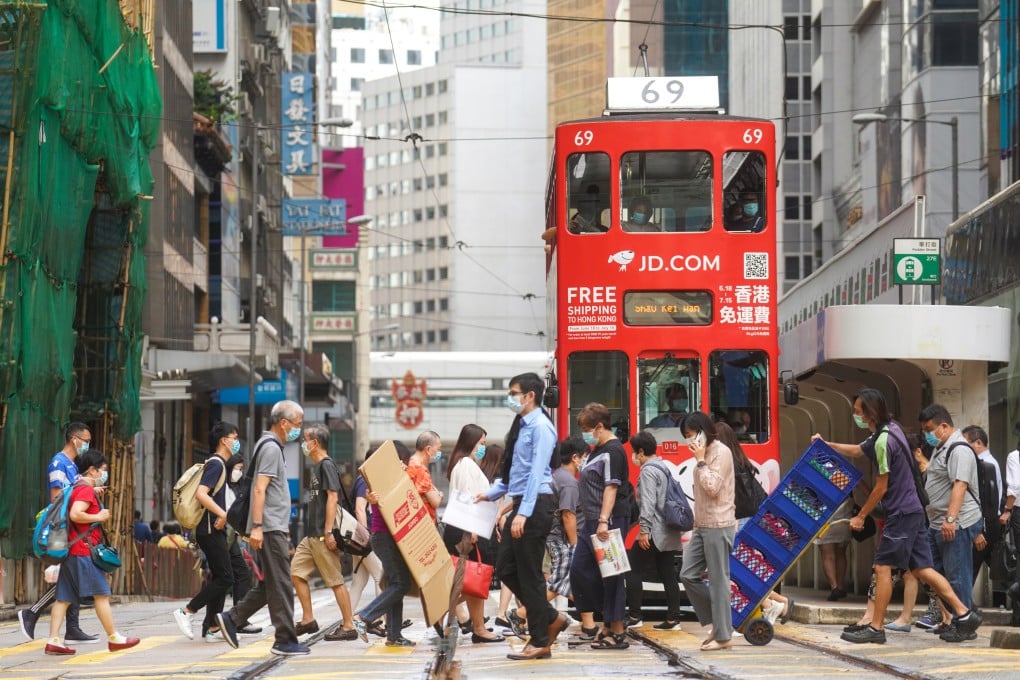The View | To build Hong Kong into a green, low-traffic city, think beyond technology
- If quality of life is to be improved and emissions cut, the city must have concrete plans to discourage private car ownership and create pedestrian-friendly neighbourhoods
- Examples in Europe, including financial hub London, offer ideas that are not restricted to technological solutions

If a city is a living organism, roads and rail are the arteries, and vehicles are the red blood cells that carry oxygen to every tissue. From New York’s gridiron to Paris’ radial concentric city plan, traffic infrastructure is synonymous with urban planning. Streets, bridges, tunnels and subways not only connect different areas within a city, but also define district sizes, neighbourhood blocks and building plots, as well as how we travel and relate to our surroundings.
Since December 2017, the government has published two editions of the Smart City Blueprint, with various hi-tech transport initiatives.
From a free-flow tolling system and an electronic road pricing pilot scheme, to traffic detectors, real-time adaptive traffic signal systems, trials of autonomous vehicles and a real-time parking app, some of the initiatives – if fully implemented – could help motorists avoid congestion, shorten travel times, and offer consumers convenience and data-centric solutions.

